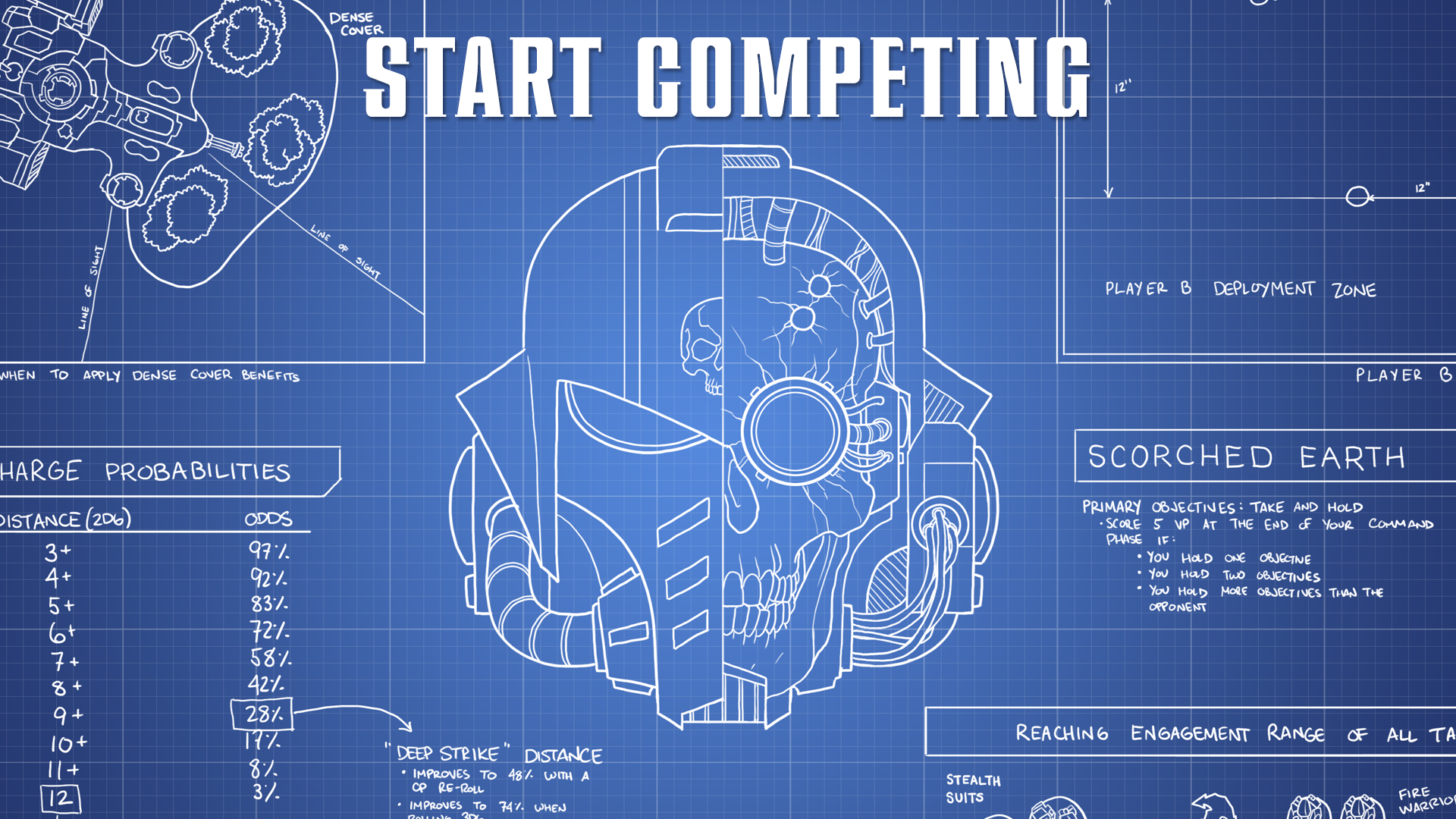First introduced as a replacement for Gambits in Pariah Nexus, Secret Missions act as a catch-up mechanic for Warhammer 40,000, giving one player the chance to score a big come-from-behind win under the correct circumstances. They haven’t been used often, but when they do they can have a big impact – we wrote about their success rates in Hammer of Math recently – and it’s worth taking a more detailed look at them to understand what they are, how to use them, and why they caught a nerf in the Q4 2024 balance update.
The Video Version of This Article
If you’d rather watch or listen than read, you can find our video guide to Secret missions below:
What Are Secret Missions?
Secret missions are primarily intended to be a catch-up mechanic; under the right circumstances, they help a player who is lagging behind change direction and maybe eke out a win. Think of these less like Mario Kart’s blue shell and more like a “hail mary pass,” a big attempt to turn things around when you’re trailing by a manageable amount or you’re in a situation where you have the resources to win, but fell behind early.
Here are the basics:
- At the end of battle round 3, starting with the player who had the second turn, if your Primary VP is less than or equal to your opponent’s, you can opt to do a Secret Mission.
- If you do, pick one of the Secret Mission cards and hold onto it, face-down. If you’re in the Tabletop Battles App, you can secretly select one on the fourth battle round screen.
- Your VP from the Primary mission are now capped at 40.
- You can no longer score primary VP in battle round 5 (This is a change made in the Q4 balance update).
- At the end of the battle you reveal your Secret Mission and if you achieved it, you score the listed VP (it’s always 20). This means your primary scoring for the game is now capped at 40 (and your max score 90).
Pretty straightforward, but there’s a lot of nuance to using them. Granted, most games you’re behind it will either be by enough VP it won’t matter or it’ll be close enough that you don’t want to use a Secret Mission. But let’s talk about the ten percent or so of games where they’re a smart pick.

When Should You Use Secret Missions?
So it’s the bottom of turn 3, you open your handy Tabletop Battles app, and you can see that you’re behind your opponent on primary score. Depending on what the field looks like, what assets are still available to you, and what your opponent’s still got on the board, it might be time to bust out a secret mission. Maybe this game is one where your opponent held you to a low primary score early, but you tabled them. Or maybe you just have the ability to spread out across the table on the final turn, but that’s only worth 15 VP and you need more. Regardless of specifics, secret missions are there for when you’re behind on points but have a resource advantage.
But here’s the thing: In competitive play, you aren’t necessarily using Secret Missions to catch up. I mean, you might – but really, you’re using them for a specific game plan. Some armies are better than others at accomplishing Secret Missions, and almost all armies will have an easier time completing a Secret Mission going second, as the missions all complete at the end of the battle. This means that if you’re going second your opponent will not have any ability to react to your final turn and prevent you from achieving your mission. This makes missions like Unbroken Wall and Command Insertion much more powerful. A major part of accomplishing secret missions is keeping your opponent guessing, and having the last move at the bottom of turn 5 gives you the best opportunity to do that.
One thing to remember is that taking a Secret Mission doesn’t stop you from scoring other primary VP the regular way from the mission, it only caps your total primary score at 40 instead of 50. You can absolutely still score VP by doing the primary mission, though note that that, since the Q4 balance update you now no longer score primary VP in the final battle round for the primary, only the secret mission. This prevents players from just dropping 30 or more primary VP in the final round, and makes them a bit less reliable – even if your game plan includes a secret mission, you’ll need to put in some work to score 20 primary VP before round 5 if you want to max out your score. And usually by the end of round 3 you’ll be pretty locked into your primary score on round 4.
While we’re on the topic, we should talk about the four Secret Missions you can choose from. Note that all of these are completed at the End of the Battle, regardless of whether you went first or second.
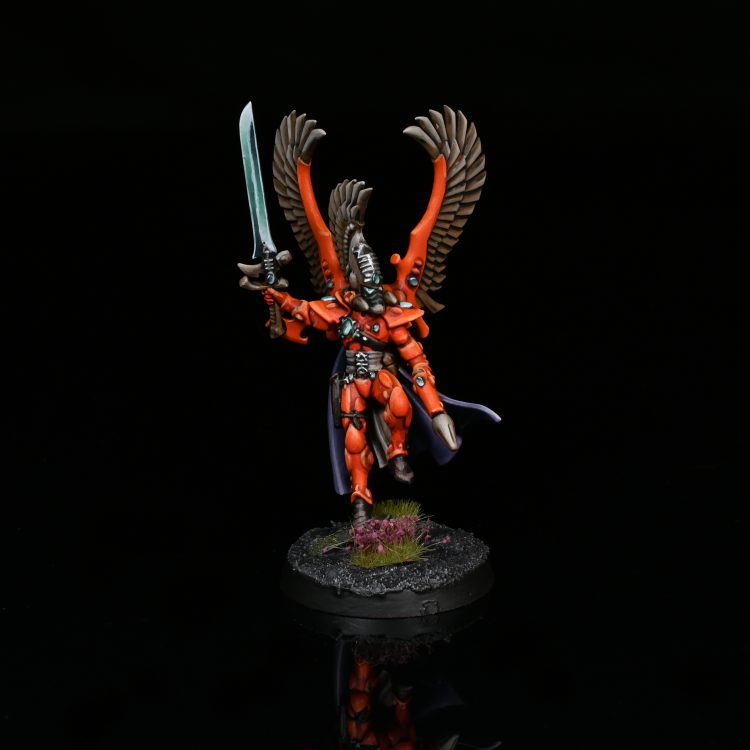
Command Insertion
- What is it: Have your Warlord within range of one or more objective markers in your opponent’s deployment zone and control that objective.
- How to Accomplish It: This one isn’t too hard to wrap your head around – take your special little (or big) guy, put em in your opponent’s house, and get 20 points at the end of the game. The more mobile and durable your Warlord is, the better your chances are.
- Challenges: There’s a very real chance your opponent will see this coming, depending on your army. If a normally backfield character like a Cadian Castellan or Farseer is making a beeline for the other side of the table, your opponent is gonna know something is up. Unless your Warlord has a decent objective control score or is palling around with a beefy unit, they also just might not be able to out-control your opponent on that objective. Naturally, you also need to make sure they get there in more or less one piece, and a squishy character on foot will have trouble going the distance.
- What Armies are Best at it: Any army that has a redeploy or uppy-downy ability on their Warlord has a good shot at this, and speedy, hard to target characters like Autarch Wayleapers are practically made for it. I just got word that they can move up to 34” in a turn, and hearing that made me very, very tired. Deep Striking is also a common way to make this work – the Hypercrypt Legion, Daemonic Incursion, and Angelic Host Detachments all have ways to pick your warlord up and drop them just outside of 3” of any enemy models and on your opponent’s home objective, while Angron and an Imperial Knight with the Mysterious Guardian Enhancement can return the battlefield on an objective if your opponent can’t screen them out. Daemon Primarchs generally have an opportunity to do this if your opponent runs out of tools to kill them, and armies that can put their warlord into a Land Raider or Hekaton Land Fortress can also make a good run at this.
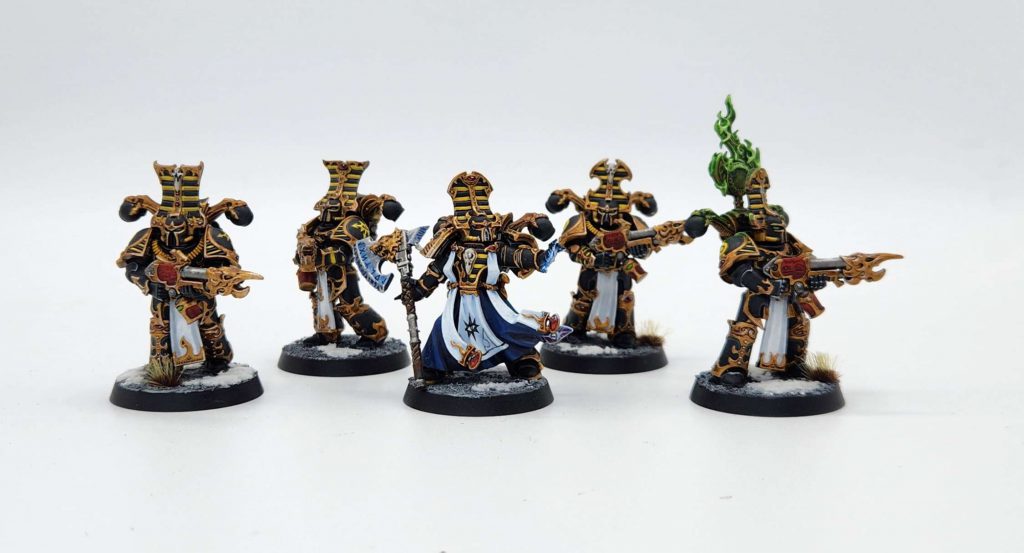
Shatter Cohesion
- What is it: Your opponent has no units on the battlefield, or if they do, those units are either Battle-shocked, below Half-strength, or more than 3” away from all objective markers.
- How to Accomplish It: So I’m gonna break presenter kayfabe here for a moment and let you know about something called the McLaughlin Special – this is an ancestral familial technique wherein I table my opponent, and still somehow lose the game. This special mission is my own Enigma of Amigara Fault, a veritable hole made for me and my bowling ball playstyle. You need an aggressive army to make this work, and melee armies or mobile shooting armies will have an easier time than others.
- Challenges: You’ve really gotta kill the bejeesus out of your opponent’s army to make this work, as it’s in your opponent’s best interest to be both alive and on objectives. The hardest part of this will be if they have units that can hide on distant objectives, either out of reach of your combat units or untargetable with cover or lone operative. With indirect being all but toothless at time of writing, you can’t rely on artillery to clear those units out and need to dig them out up close. This is really for those games where you go down in VP early but still table your opponent.
- What Armies are Best at it: This mission rewards armies that can clear units off objectives and out of terrain, while also having either the board control or range to keep those objective markers covered. Armies that emphasize versatile killing power are great at this. Knights and Marines of both spiky and smooth varieties are as good at shooting as they are at chewing stuff up in melee, and can be built to reward aggressive playstyles. This one is less about the army you play – though armies with a lot of damage output like Thousand Sons or Sisters of Battle can be alright at it – and more about the opponent’s army and situations where you go down early and have to counterpunch your way to success.
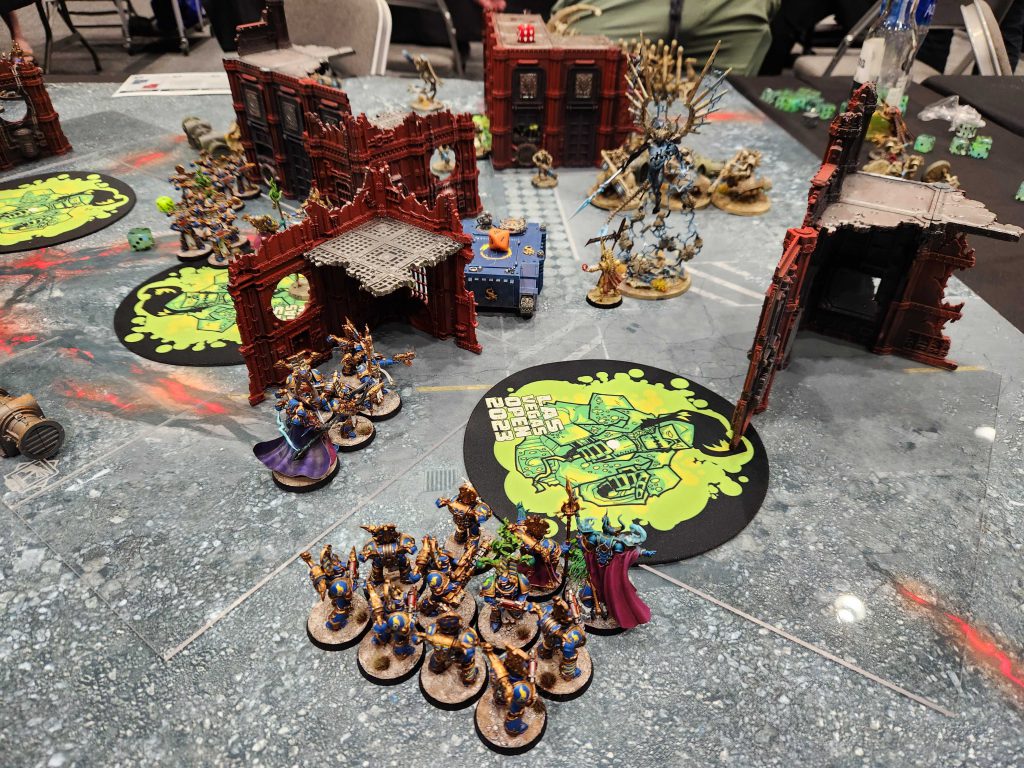
Unbroken Wall
- What is it: You control 3+ objective markers not within your deployment zone.
- How to Accomplish It: You have to control more of the table than not with this one, and you also need to keep enough of your army alive that you can score it at the end of the game. The main plays are to keep a few units safe so you can bust out at the 11th hour to grab this one, or keep your opponent so tied up that they can’t stop you.
- Challenges: If you’re already in a position to hold a trio of objective markers outside your deployment zone, you probably aren’t in a situation where you need to take a secret mission. Once you’ve leapt through that mental hoop, you need to consider how those units are going to hold those objectives and survive until the end of the game. Units on objectives are already going to be priorities for your opponent, so you’ve got to either cover so many objectives that your opponent can’t possibly kill them all, have stuff on those objectives that’s hard to kill, or defang your opponent’s army completely. Just make sure that if you’re holding units back for this, you’re not sacrificing too much killing power on the front line.
- Also if you’re playing on Scorched Earth there’s a real chance your opponent can just destroy an objective or two and prevent you from getting this at all.
- What Armies are Best at it: This requires units that can get to those midfield objectives and weather a few turns of resistance, like heavier vehicles or units with a load of wounds and Feel no Pain saves. This also rewards having a late “go turn” where you hold back the bulk of your force until late in the game. If your opponent only has a turn to clear your army off of half the board, you’ve got this in the bag. If you can hem your opponent into their deployment zone like most jail lists do, you can also safely grab those objectives while your opponent chews through entirely too many wounds of dogs or cultists. It’s also handy to keep a few cheap units in deep strike for late in the game, like Assault Intercessors with jump packs, Chaos Raptors, Drukhari Scourges, or Aeldari Swooping Hawks.
- Note that with the Q4 balance changes, you’ll need to balance a 20-VP final turn with the need to have a more aggressive primary score on T4. That said, 20 VP is still more than any primary mission in the game will allow you to score on the final turn now that Linchpin has changed.
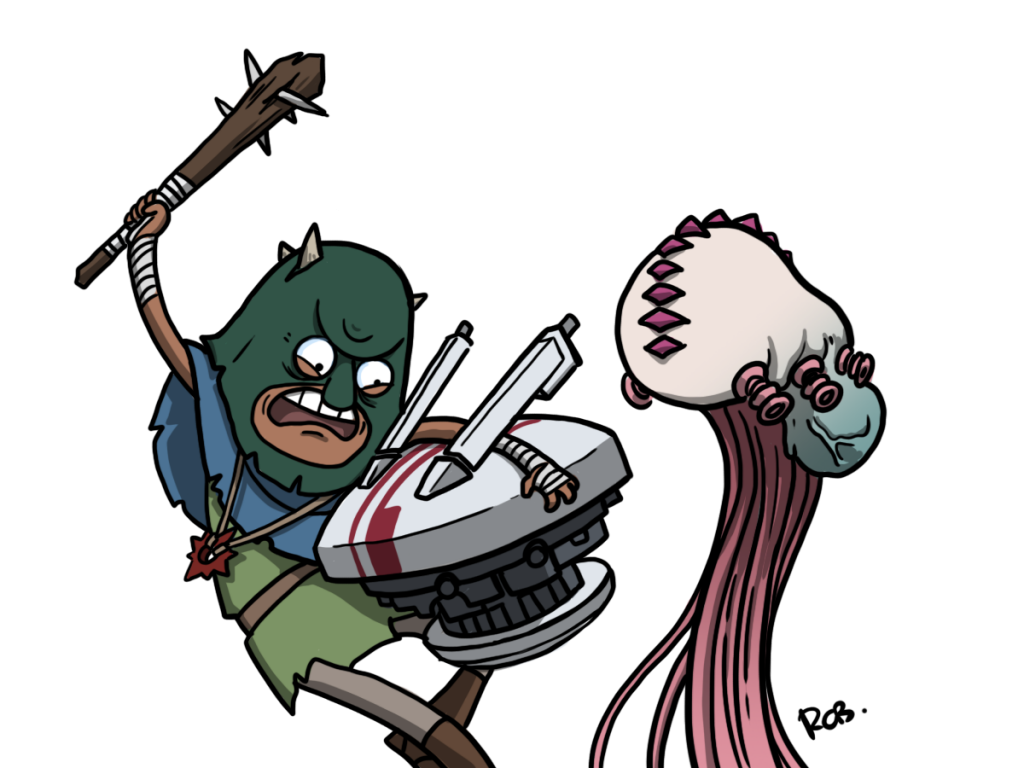
War of Attrition
- What is it: One or more BATTLELINE units from your army is in your opponent’s deployment zone, and they have no Battleline units on the battlefield, or if they do, they’re all within (not wholly within) their deployment zone.
- How to Accomplish It: Getting your Battleline dudes into your opponent’s deployment zone is something you might already be doing if you play an aggressive army, or if you’re just trying to cover the board. Your opponent also might not have any Battleline units in their army to begin with, in which case they’ve already done half the work for you.
- Challenges: This one is the most opponent-dependent of the Secret Missions, and you’ll typically know going into the game whether you should even be considering this one. Often this will be an option when your opponent has no or very few Battleline units in their army, or if they have one they plan to hold back on their home objective. If your opponent is running a ton of Battleline units or has lots of renewable units like Necrons or Genestealer Cults, you’re not likely to be able to accomplish this. You’ll also need a good battleline unit of your own, and it’ll need to be one that can actually make it into your opponent’s deployment zone.
- What Armies are Best at it: Jail lists and other armies focused around hemming opponents in are in a good spot here, as you don’t have to kill all of your opponent’s Battleline units, just keep them in their deployment zone. Of course any army with sufficient uppy downy rules like Hypercrypt Necrons can take advantage of this too, keeping a unit or two of Warriors in relative safety until they drop them in your deployment zone late in the game. Grey Knight Terminators excel here, and Genestealer Cults get around that need for durability by flooding the field in cheap Battleline bodies. Naturally some flavor of Eldar rear their pointy-eared heads here, as Skysplinter Drukhari are already awash with loads of Battleline units in Transports. Rubrics can also manage this with a couple of turns of double-moving.
Building for Secret Missions
Secret Missions shouldn’t just be thought of as a backup plan – for competitive players they should be a regular tool in your arsenal, particularly in games where you are going second. To make that possible, some players may actually build their armies to take advantage of Secret Missions, and usually doing that with armies and builds which have a leg up in secret missions. This usually boils down to being able to move quickly in the final turn of the game or pull units off the table and place them back down, and ideally having that ability attached to your Warlord and Battleline units.
Taking Battleline units sets you up to both score War of Attrition and keep your opponent from doing the same. Battleline units also tend to be on the cheaper side, making them great picks to hold back for Unbroken Wall. In a mission with the Hidden Supplies rule, you’ll also have an extra objective to pick from, so if you see that in the tournament pack for an upcoming event, you can plan around it. For Command Insertion, you might want some way to deep strike or redeploy your Warlord into enemy territory late in the game so they can stroll on up to those home objectives, and a sufficiently fast transport can get them there too.

Tips and Tricks for Playing With and Against Secret Missions
Whether you build for them or not, knowing when to pick Secret Missions is the most important part. Our data from the Tabletop Battles app shows that Secret Missions are chosen in fewer than ten percent of games, but tend to have close to a 60% success rate when they’re picked, typically leading to a 25-30% win rate when the player picking one succeeds. If you want to hit that sweet spot, you need to know when and how to pick them. Here are a few criteria:
- You’re going second. Secret Missions can absolutely work going first, but they’re just much better going second. If you’re going second, keep an eye out for the opportunity.
- You can’t score 40 Primary VP any other way. Just because you can take a secret mission and complete it doesn’t mean you should. Make sure you wouldn’t just be better off holding objectives – Secret Missions are pretty all-or-nothing now, and if you can just pull 15 on the final turn for Take and Hold, that’ll usually mean you can pull more than 40.
- You have an easy pick. We covered the picks earlier but if you’re built for a secret mission and you have an easy option, that’s another green flag to look for.
- The mission is low-scoring, or your opponent won’t hit 40 primary VP. Some missions are lower-scoring than others; Burden of Trust in particular tends to be low-scoring, and if you’re going second the inability to defend in the final round makes it easier to just give up that scoring anyways. Supply Drop and Linchpin also tend to be lower-scoring games for primary. If you can hold your opponent to fewer than 40 primary VP, secret missions become a lot more useful.
- The mission allows it. Supply Drop straight-up makes Unbroken Wall impossible, and Scorched Earth can also be a no-go if your opponent can burn an objective early in the game. Likewise, the Ritual can make it super trivial to score Unbroken Wall, but if you’re making a mess of objectives on your own, you just might not need a secret mission to begin with.
And look, if you’re just getting blown out, feel free to take a secret mission for shits and giggles. Nothing matters anyways. God is dead.
On the other hand, if you’re going up against a player on a secret mission, you’ll need to stay on your toes. Well, kind of – it’ll usually be pretty clear what they’re picking from the way the board looks at the end of the third battle round, though if their warlord is still alive, keep an eye out for Command Insertion. If you see that battleline unit headed your way, be sure to get one of your own out of the deployment zone. And if you’re going up against an opponent with an army that’s good at Secret Missions, you’ll want to put some real thought into how you can secure an early advantage on primary VP that either puts you at more than 40 primary VP or doesn’t leave you over-stretched and unable to prevent a secret mission in the game’s final turn. If you’re coming into the bottom of the final battle round and you’re sitting at 38 primary VP, you may be behind.
And in the Teams format, all of this gets massively skewed – accomplishing a secret mission can be the difference between a functional tie and a loss, making it way more important to be ready to both accomplish and defend against them. 20 VP is a huge deal when your goal isn’t so much to win but keep a game close and if you’re falling down early it can be worth holding back to score a secret mission just to keep scores tight.
Final Thoughts
Secret Missions are the most interesting catch-up mechanic we’ve had in 40k, and were a massive step-up from Gambits. This revised version following the Q4 balance update are much more fair and manageable, preventing the kind of insane 35-point turnarounds that could sometimes happen with armies which were too good at scoring Unbroken Wall. That said, it’s still very possible to plan and play around a Secret Mission, and they can be a useful tool in your toolbelt in games where you need to make up some additional points.
Have any questions or feedback? Drop us a note in the comments below or email us at contact@goonhammer.com. Want articles like this linked in your inbox every Monday morning? Sign up for our newsletter. And don’t forget that you can support us on Patreon for backer rewards like early video content, Administratum access, an ad-free experience on our website and more.
